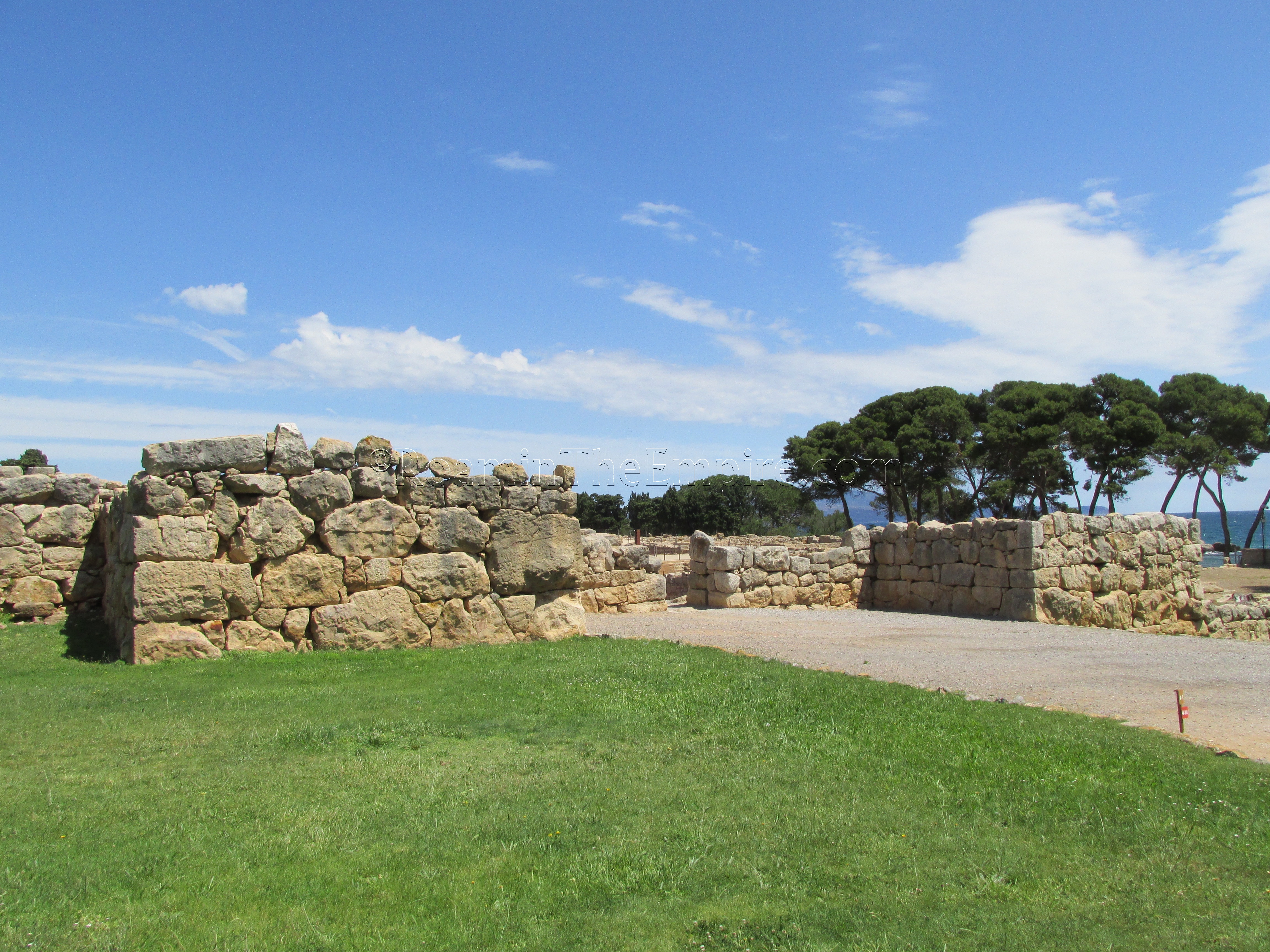
Most Recent Visit: June 2016
Quick Info:
Address:
C/ Puig i Cadafalch s/n
17130 Empúries-l’Escala
Hours:
Everyday 10:00-17:00/18:00/20:00
Admission: 5 Euro
I thought it appropriate that my first post be about the site that nearly kicked off my archaeological odyssey about eight years ago. My first stop on my first trip to Europe was Barcelona. At the time I still hadn’t decided to formally pursue archaeology in an academic sense, though I was on the very cusp of it. It was just a very strong interest, but it would essentially be my first-hand interaction with the archaeology of the Roman world on that trip that would lead me to make that change shortly after I returned home. During my time in Barcelona, I had seen a few of the smaller sites inside the city, but nothing on a very large scale. My friend and I had rented a car after a few days in Barcelona with plans to drive south along the coast. The day we picked up the rental, though, we decided to get a little day trip driving under our belts before we made the long haul and headed north up the Costa Brava in the early afternoon with the rough destination being Empúries. Rather than take the more direct route, we thought we’d take the scenic route up the N-11 and G-682, which was indeed scenic, but ended up being exceptionally slow. Some parts were bogged down in coastal town traffic, while other stretches were winding two-lane highway along plunging cliffs down to the ocean with plenty of large, slow tour buses plodding along backing up traffic as they not-so-deftly negotiated the hairpin turns. Suffice to say, being late December with a sunset around 6pm, we did not reach the site until well after nightfall. My first attempt to see a large site would end with the headlights shining on a closed gate. It was not to be.
Seven and a half years later, though, I would finally get another opportunity to try for it. After two weeks working my way around central and northeastern Spain, I had about a day and a half in Barcelona before I headed to Italy to work on an archaeological project. I had been waffling the whole trip about whether or not I’d attempt to get to Empúries, as I no longer had the luxury of a car as I did on my previous attempt, and there appeared to be only one way to get there via public transportation; a coastal bus that was a six hour round-trip costing about 45 Euros. I had finally decided that it would depend on whether I could fit the Museu d’Arqueologia de Catalunya Barcelona and the Museu d’Història de la Ciutat into my first afternoon in Barcelona or not. Surprisingly, I was able to accomplish just that, as well as seeing a few other sites, and so I apprehensively prepared myself to make the journey.
Perhaps ‘apprehensive’ is a bit misleading. I was excited, surely. While often rewarding, though, long, complicated journeys to far flung sites off the beaten path certainly have the potential to end up profoundly disappointing, or, at least much more trouble than anticipated. After all, that was the end result of my last attempt to see the site. I hoped for the best, but prepared for the worst. Well, maybe not the worst. I wasn’t prepared to die in a fiery bus crash, but I was prepared spend six hours on buses and be disappointed.
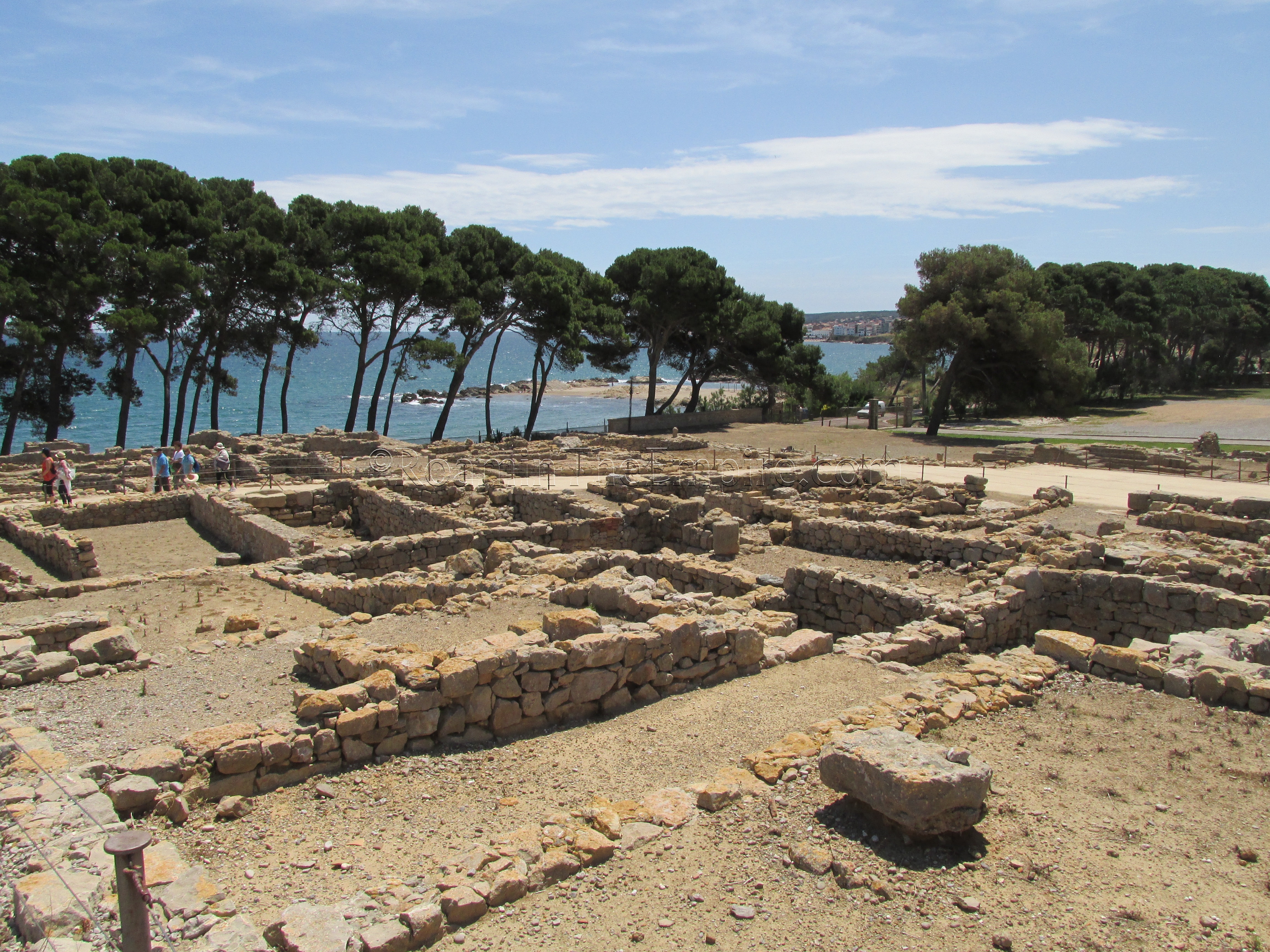
Getting There: Getting to Empúries from Barcelona, aside from the length of the trip, was surprisingly straightforward. The SARFA Costa Brava bus services the route between Barcelona and L’Escala (the final stop on the line) and leaves from Barcelona’s Estacio Nord three times a day on weekdays (8:30, 12:45, and 20:15) and twice on weekends (8:30 and 20:15). The trip is scheduled at 3 hours (though mine took a little longer) and costs 21.70 Euro each way. The names of the stops are not always announced or very clear, but fortunately L’Escala is the final stop, so it’s nearly impossible to miss. The bus drops you off across the street from Plaça les Escoles in L’Escala, and from there it is about a 20-25 minute (1.7 km) walk to the site. The local tourist information office (hours) is on Plaça les Escoles and can provide a local map as well as further directions and alternate walking routes to the site. I took the most direct route (map), which did involve a little bit of a hike up the hill between L’Escala and the site, but was relatively traffic-free. The return bus to Barcelona leaves from the stop across the street from where you were dropped off, on the eastern edge of Plaça les Escoles, at 7:10, 14:45, and 17:45 on weekdays, and 14:45 and 17:45 on weekends. Admission to the site is 5 Euro and the range of hours over the course of the year can be found here.

The archaeological site of Empúries is made up of a Roman and a (mostly) Greek section. The Greek settlement of Ἐμπόριον (Emporion) was founded in 575 BCE as, fittingly for its name, a trading outpost of Μασσαλία (Massilia, present day Marseilles), which had in turn been founded in 600 BCE by Greek colonists from Phocaea. According to Strabo (3.4.8), the original location of the Greek Palaiapolis settlement (and probably a pre-Greek Iberian settlement) was a about a kilometer north of the site at the present-day town of Sant Martí d’Empúries, which was, at the time, an island. This location was abandoned about 550 BCE and the settlement moved to the area on display today, the Greek Neapolis. Livy notes (34.9 that Emporion was a “double city” with a Greek portion enclosed within one set of walls, and an Indika (the local Iberian tribe) portion enclosed in separate walls. Thus far, no evidence of a separate Iberian settlement adjacent to the Neapolis has been found.

The settlement prospered despite the conquest and abandonment of Phocaea in the middle of the 6th century BCE, and the decline of Massilia in the 5th century BCE, and was apparently the source of much of the Greek pottery making it to the Iberian Peninsula. Emporion replaced Massilia as the primary point of Greek goods and culture imported into Hispania. Owing to the increasing Punic influence in the Western Mediterranean, Emporion changed their system of weights and measures from Greek to Punic based around 290 BCE.
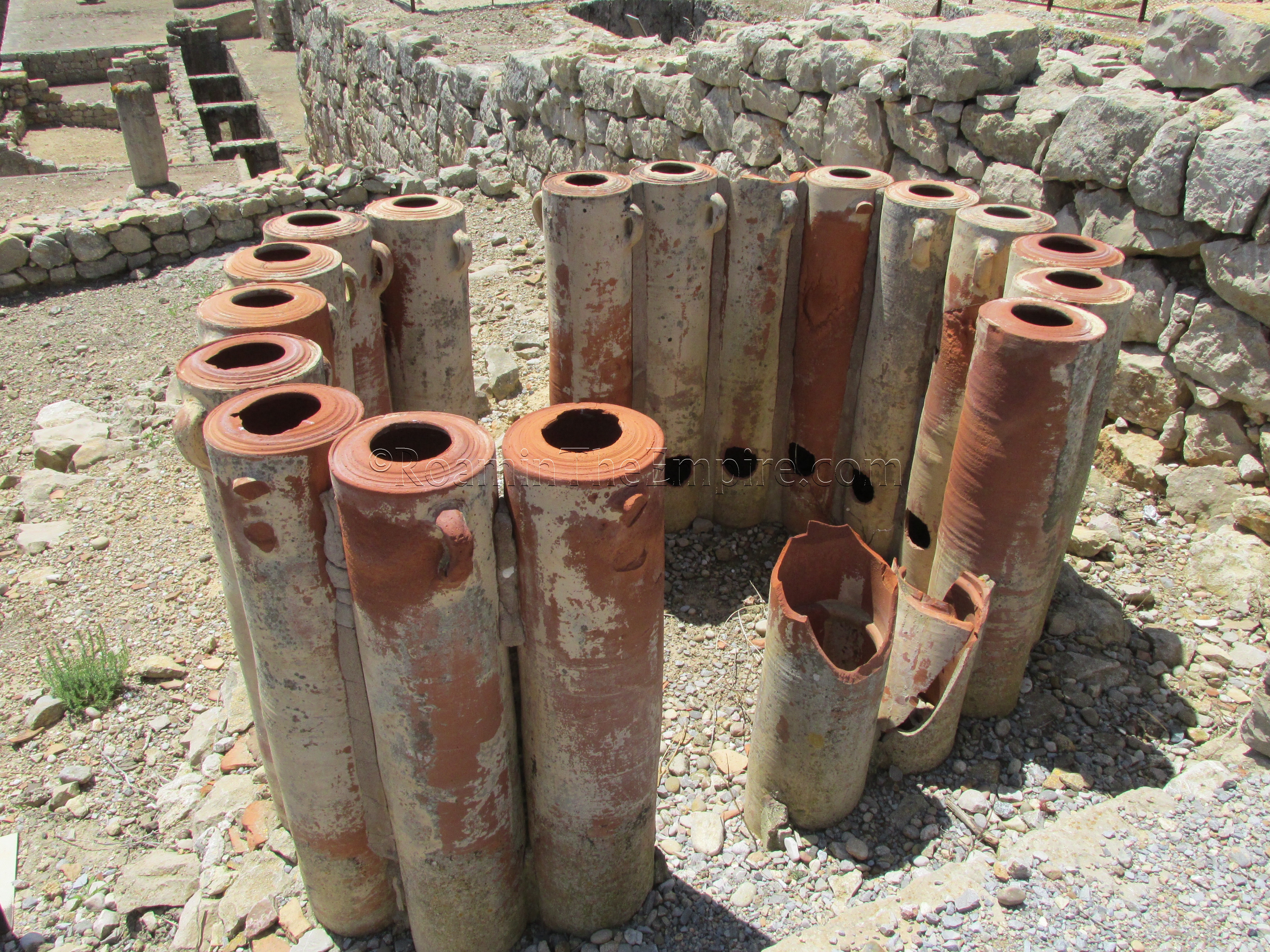
In the years leading up to the Punic Wars, Emporion developed a friendly relationship with Rome, likely due to increased trade as the Romans expanded their influence in the western Mediterranean. Emporion became particularly important in the wine trade reaching Hispania, and increased contact with Italy and Magna Grecia led to Emporion becoming a point of introduction of Campanian pottery into Iberia as well. Despite Emporion’s relationship with Rome, when Hannibal moved to subjugate the Iberian tribes north of the Ebro River in preparation for his march into Italy, Emporion was spared the fate of the Rome-allied, but not Greek, Saguntum. Instead, in the summer of 218 BCE, Hannibal camped his army near Emporion before marching north and the general was warmly received in the city.

A few months later, after Hannibal had left for Italy, leaving a detachment of 11,000 troops, under the command of Hanno, in the area to keep the Iberian tribes in line, Emporion served as the landing point for a Roman army under the command Gnaeus Cornelius Scipio Calvus. Calvus’ brother, Publius Cornelius Scipio, had just missed intercepting Hannibal’s army at Massilia, and rather than pursuing the Carthaginians, instead sent the army to Emporion under the command of Calvus while he left to prepare defenses in Italy.
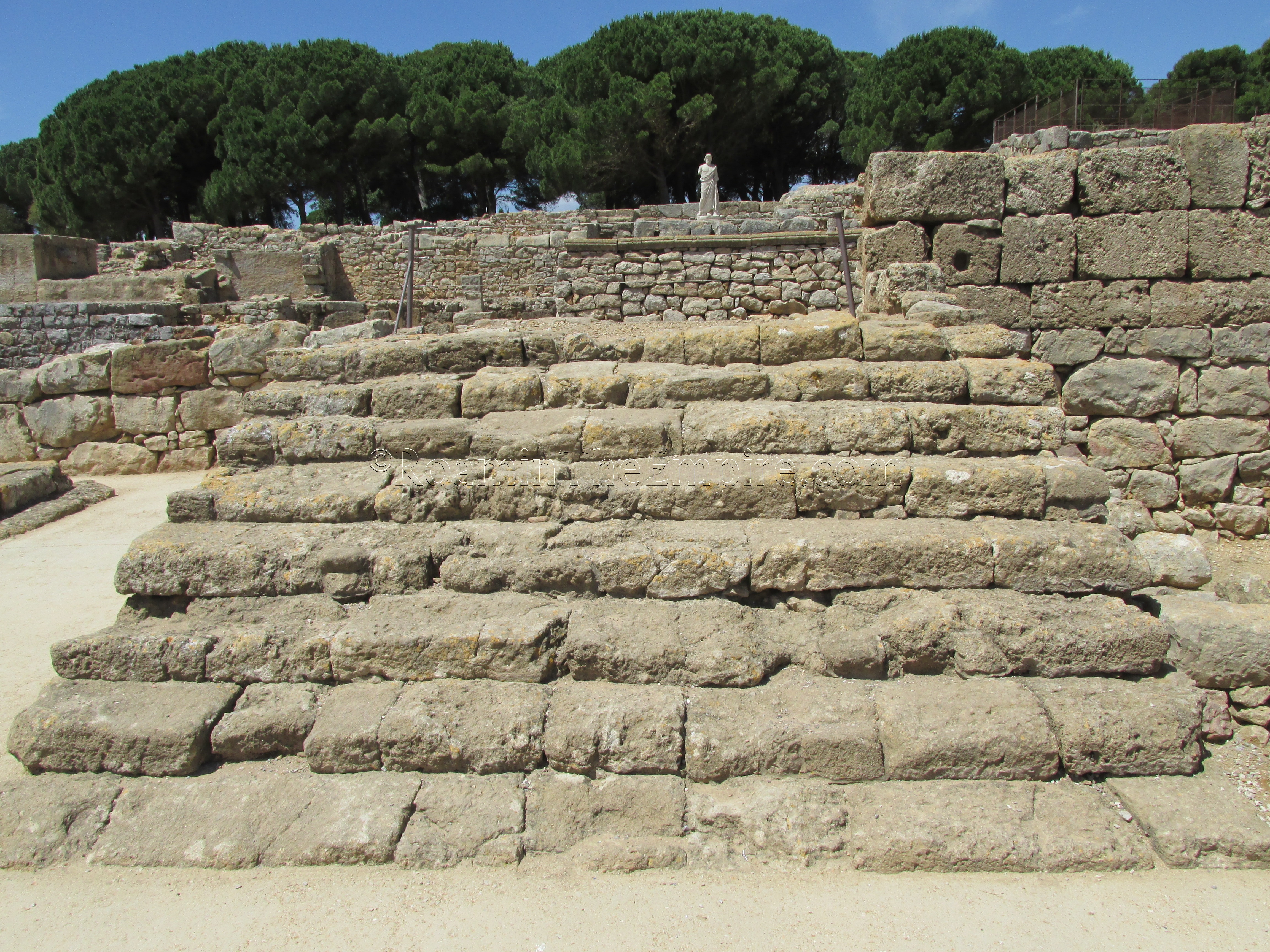
Emporion largely retained its independence after the Romans brought the area under their direct influence. It was during this period, between about 200 BCE and 150 BCE that many large construction projects were undertaken in the Greek city and from when many of the extant structures in the Greek city date, including the Asklepion, Stoa, and Agora. This increase in large construction projects is alternately attributed to a rise in trading and wealth brought in by the Roman presence, or as a means of asserting Greek cultural identity with the increased influence of Roman culture.
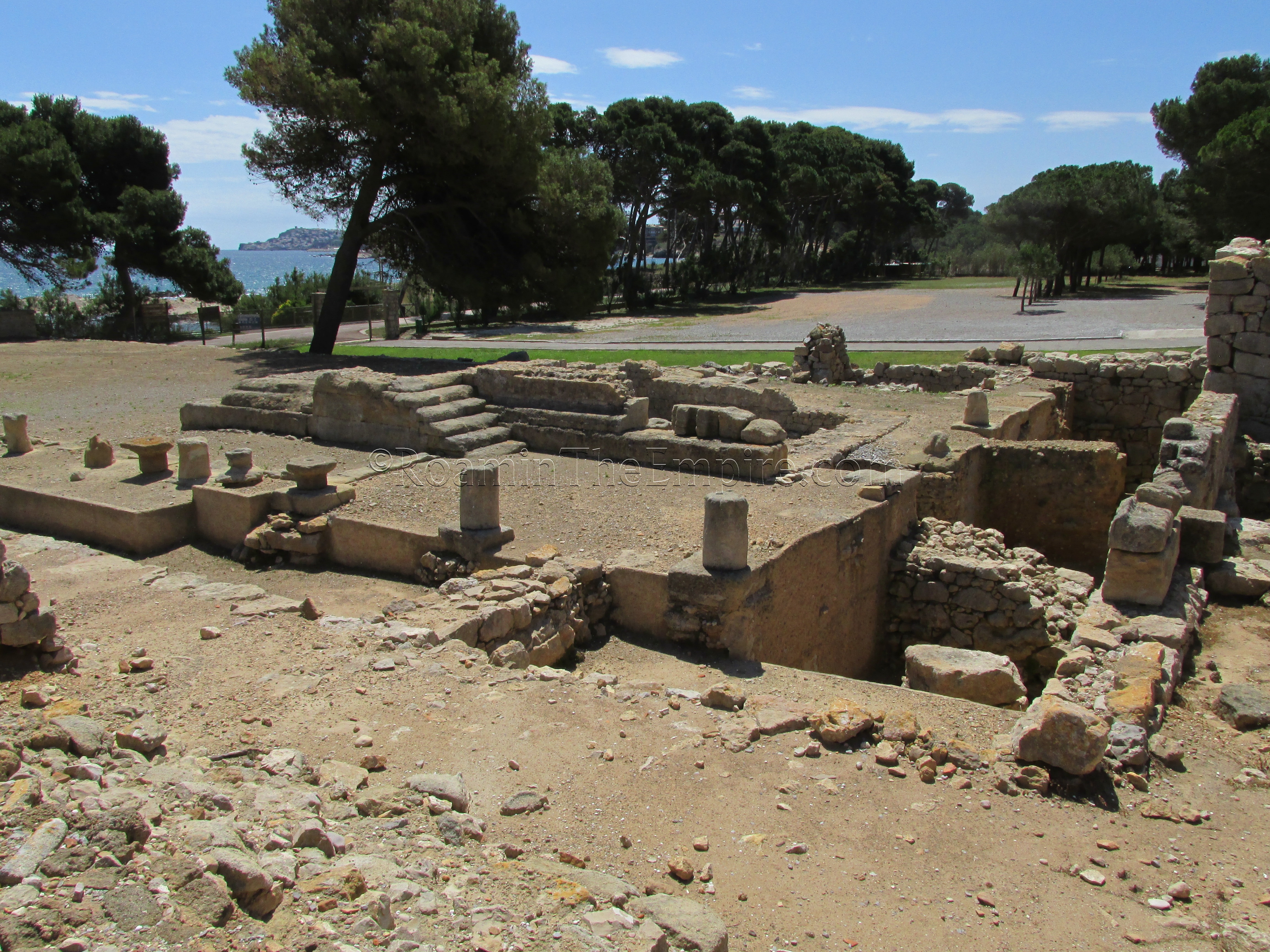
The on-site museum, officially the Museu d’Arqueologia de Catalunya Empúries, nestled between the Greek and Roman portions of the site is small, but has a few nice pieces in it. It is essentially one room with a series of assemblage displays and some information, with a secondary room dedicated to the large 2nd century BCE statue presumed to be Asclepius, though the identification is not completely secure. Alternative identifications for the statue are Serapis, Zeus/Jupiter, or Agathodaimon. A few mosaic panels, including one depicting the sacrifice of Iphigenia from an unexcavated house in the Roman section, are also particularly nice pieces. Overall, though, the museum is fairly small, with the more significant finds from the site being displayed in Barcelona and Madrid, and shouldn’t require more than about 30 minutes to visit.

Continued In Emporiae Part II (The Roman Settlement)
Greek City Gallery:
Sources:
Carr, Raymond. Spain: A History. New York: Oxford UP, 2000.
Cottrell, Leonard. Hannibal: Enemy of Rome. Boston: Da Capo Press, 1991.
Curchin, Leonard A. Roman Spain: Conquest and Assimilation. New York: Routledge, 1991.
Empúries Archaeological Site materials and placards.
Kaiser, Alan. “Ethnic Identity and Urban Fabric: The Case of the Greeks at Empúries, Spain.” Journal of Mediterranean Archaeology 13.2 (2001): 189-203.
Livy, The History of Rome, 34.8-10.
Mierse, William E. Temples and Towns in Roman Iberia: The Social and Architectural Dynamics of Sanctuary Designs from the Third Century B.C. to the Third Century A.D. Berkeley, CA: U of California, 1999.
Polybius, Histories, 3.76.
Strabo, Geography, 3.4.8.



